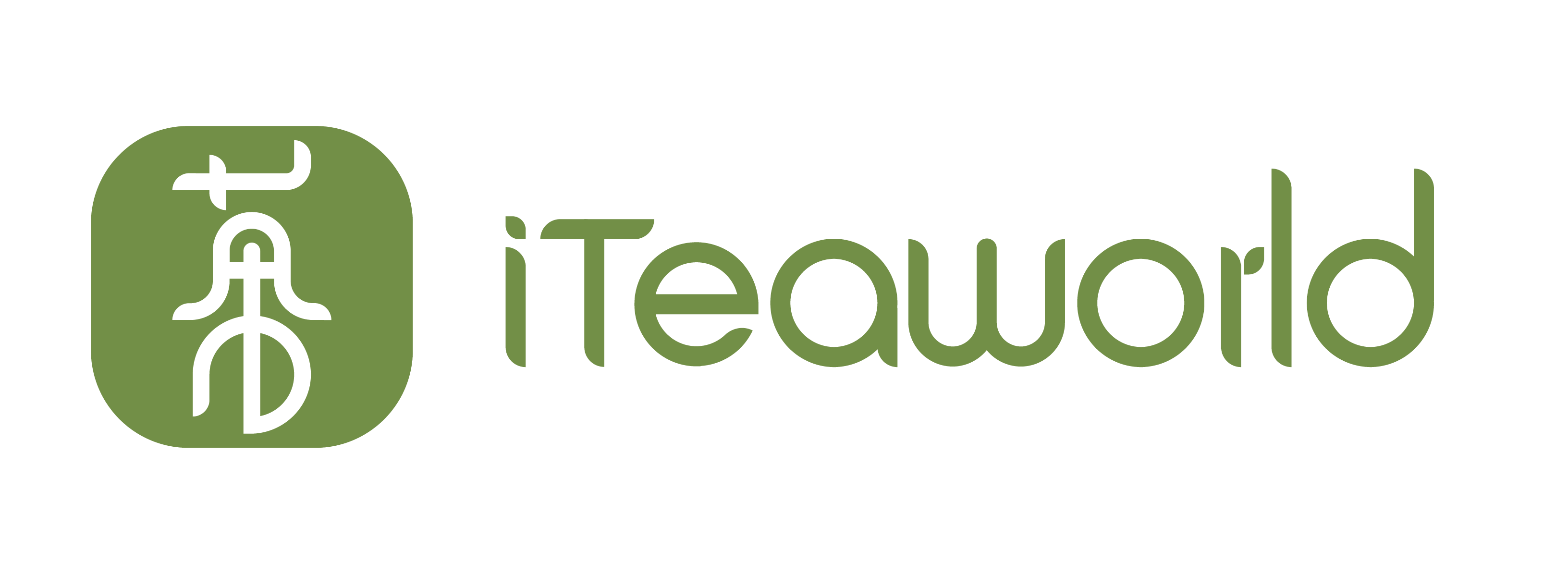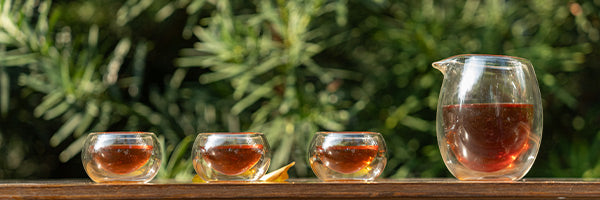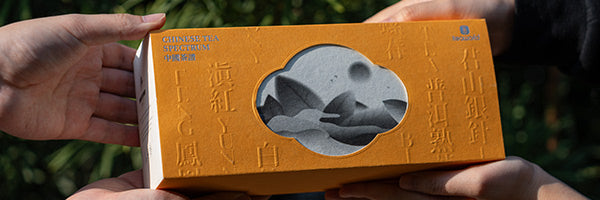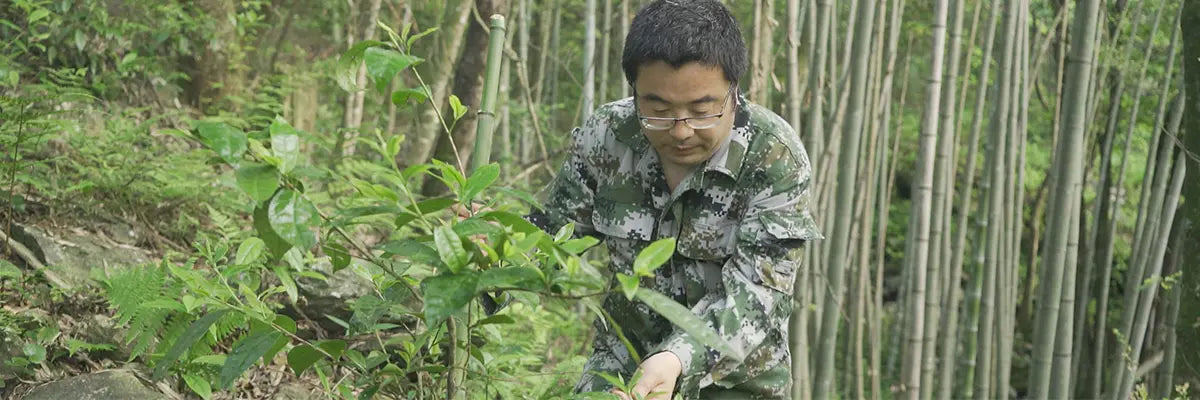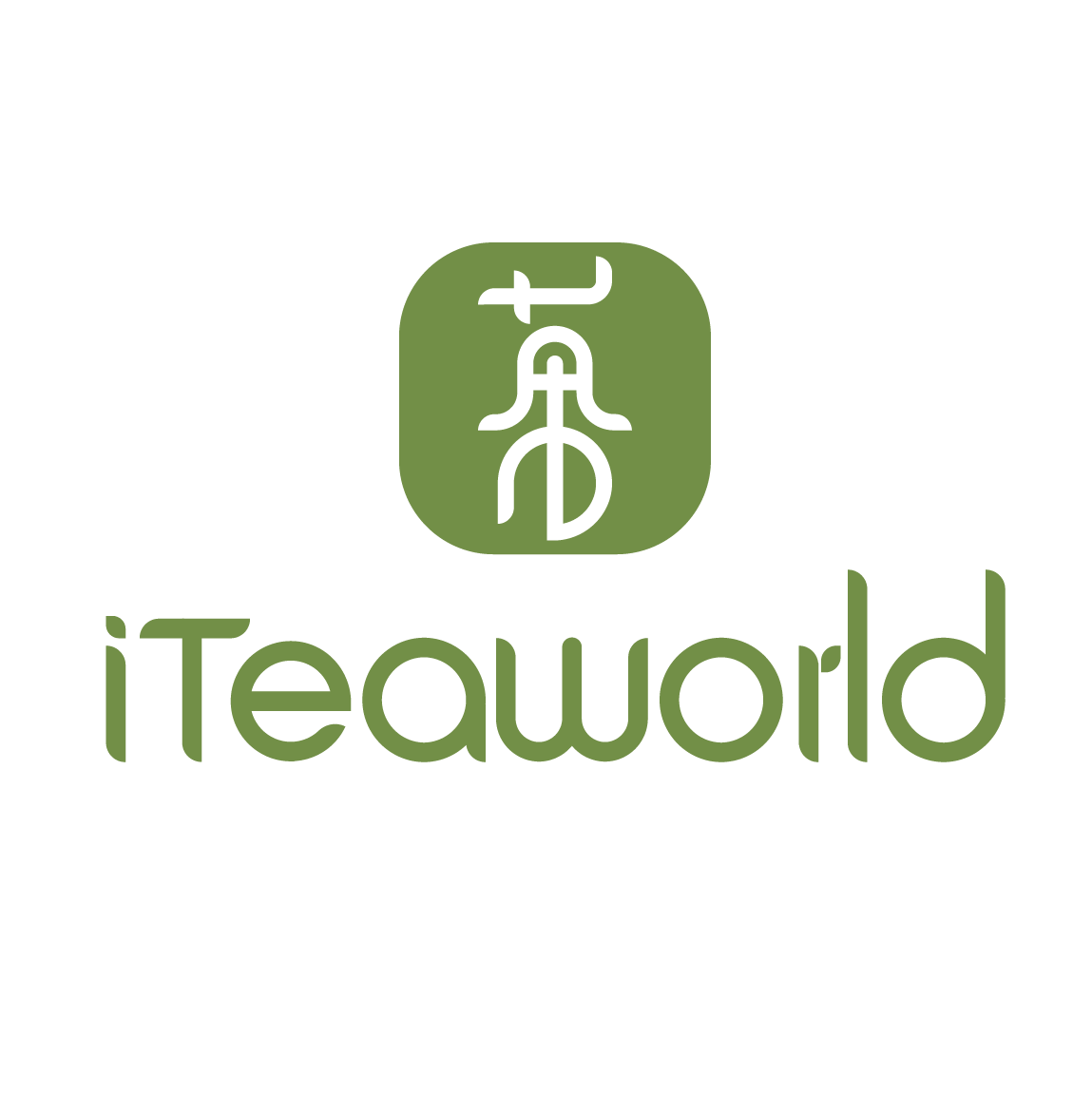1. Кофеин в листовом черном чае против листового улуна

Согласно статье «Анализ доли связанного кофеина в различных сортах чая», опубликованной в журнале Юньнаньского сельскохозяйственного университета, доля связанного кофеина в сортах чая с большей степенью окисления полифенолов, как следует из результатов эксперимента, выше.
Среди черных чаев, чай Пуэр (спелый чай) и чай Лю Бао имеют более высокое содержание связывающего кофеина, что составляет около 20% от общего количества кофеина. Доля связанного кофеина в черном чае Аньхуа (2,15%), который также является черным чаем, была намного ниже, чем в старом зеленом кирпиче Хубэй (7,43%).
В листовом черном чае доля объединенного кофеина составила 7,58% к 12,50%.
Среди листового улуна доля связанного кофеина в образце Дахунпао также была выше (4,52%). Среди образцов улуна доля связанного кофеина в образцах Тегуаньинь и Цзединтянь улуна была близка к таковой в образцах зеленого чая (<2%).
Доля связанного кофеина в желтом и белом чае колеблется от 2% до 6%.
Доля связанного кофеина в зеленом чае в целом была низкой. Доля связанного кофеина в сыром чае Пуэр (который является зеленым чаем) была небольшой (0,94%).
Таким образом, мы можем приблизительно суммировать содержание кофеина в различных листовых чаях от высокого к низкому: чай пуэр > черный чай > чай улун > желтый чай > белый чай > зеленый чай > чай без кофеина > чай холодного заваривания.
2.Влияние методов заваривания на содержание кофеина в чае.
- По мере увеличения времени заваривания количество кофеина в чае немного увеличивается.
- По мере увеличения количества завариваний содержание кофеина в чае резко падает.
- По мере повышения температуры воды для заваривания количество кофеина в чае постепенно увеличивается.
Чтобы снизить содержание кофеина в чае, наиболее эффективным методом является отказ от употребления первой заварки. Кроме того, можно также снизить температуру воды для заваривания.
3. Содержание кофеина в чашке чая

Ежедневное потребление кофеина взрослыми можно разделить на следующие уровни: 80-250 мг - низкое потребление, 300-400 мг - среднее потребление, и более 500 мг - высокое потребление. Содержание кофеина в чае, заваренном ежедневно (заваривание горячей водой, время каждого заваривания 10-30 секунд), зависит от марки чая, температуры воды, в которой он заваривается и т. д., а масса кофеина, растворенного в 2,0 г чая, заваренного 3 раза, составляет около 60-90 мг. Масса кофеина, растворенного в 2,0 г чая, заваренного 3 раза, составляет около 60-90 мг.
4. Содержание кофеина в чашке кофе

Среднее содержание кофеина в чашке кофе составляет 100 мг, но на самом деле оно сильно варьируется от кофе к кофе. Чашка эспрессо может содержать всего 50 мг кофеина, тогда как чашка капельного кофе может содержать до 200 мг кофеина.
Трудно сказать точно, сколько кофеина содержится в каждом виде кофе, но все, что вам нужно знать, это какие из них помогут вам освежить свой разум, не превышая дневной лимит в 300 мг. Существует также много факторов, которые влияют на количество содержания кофеина.
4.1 Содержание кофеина в кофе с разной степенью обжарки
Многие думают, что содержание кофеина в темном обжаренном кофе выше, потому что у кофе более сильный вкус. Но на самом деле в светлом обжаренном кофе больше кофеина на единицу, это потому, что светло обжаренный кофе плотнее.
4.2 Содержание кофеина в кофейном порошке
Для каждого вида кофе требуется разная толщина кофейного порошка, например, для эспрессо и турецкого кофе требуется очень мелкий помол кофейного порошка, поэтому содержание кофеина на единицу этих двух видов кофе выше.
4.3 Содержание кофеина в различных сортах зерен
Содержание кофеина в разных сортах кофе различается. В кофе робуста (который имеет более низкое качество и в основном используется для растворимого кофе) содержится в два раза больше кофеина, чем в кофе арабика (который имеет более высокое качество и составляет 70% от общего объема мировых поставок кофе).
Кофе Excelsa — это сорт кофе с естественным низким содержанием кофеина, который производится в очень малых количествах. Обычно его используют в смесях с арабикой для получения кофе с низким содержанием кофеина.
4.4 Содержание кофеина при различных способах заваривания
Чем дольше время заваривания, тем выше содержание кофеина. Время заваривания варьируется в зависимости от способа заваривания, например, кофе из френч-пресса необходимо замачивать в течение нескольких минут перед прессованием, и поэтому в нем больше кофеина; кофе, приготовленный капельным способом, также имеет большее содержание кофеина, а эспрессо с более длительным временем заваривания, например, Lungo, также имеет большее содержание кофеина.
Кроме того, соотношение воды и порошка также влияет на содержание кофеина, поэтому, если используется больше кофейного порошка, содержание кофеина будет выше.
4.5 Содержание кофеина в кофе, производимом в разных кафе
Содержание кофеина в кофе, производимом разными брендами кофеен, существенно различается: например, кофе McCafe в два раза меньше кофе Starbucks того же размера, а Caribou находится посередине.
4.6 Как потребитель, как вы выбираете, сколько кофеина вам употреблять:
- Спросите официанта;
- Кофе с молоком и другими ароматизаторами обычно содержит немного меньше кофеина при том же размере;
- Если вы не уверены, попробуйте заказать чашку меньшего размера.
5.Рекомендации по употреблению чая без кофеина:
Если вы хотите попробовать чай без кофеина, то мы рекомендуем выбирать листовой зеленый чай или листовой белый чай. Конечно, холодный заваренный чай также является одним из фантастических вариантов!
Зеленый чай:
Чай Лунцзин: Лунцзин, произведенный в Ханчжоу, Китай, — это известный зеленый чай, который несколько раз был назван одним из десяти самых известных чаев Китая. Его зеленые, плоские листья и уникальный вкус делают его фаворитом. Вкус чая Лунцзин легкий и успокаивающий, что делает его выбором без кофеина для ежедневного употребления.
Biluochun: производится в Сучжоу, Китай, и часто входит в список 10 лучших чаев Китая, Biluochun — это освежающе сладкий зеленый чай. Относительно низкое содержание кофеина, подходит для любителей чая, ищущих более легкий вкус.
Белый чай:
Bai Mudan: Один из представителей белого чая, низкие окислительные свойства Bai Mudan делают его относительно низкокалорийным. Его прозрачный чайный настой и свежий вкус идеально подходят для наслаждения в течение всего дня.
Baihao Yinzhen: Baihao Yinzhen также является известным сортом белого чая. Серебристо-белые волоски его высушенного чая являются его уникальной особенностью. Его относительно низкое содержание кофеина и элегантный вкус делают его фаворитом среди многих любителей чая.
Холодный чай:
Черный чай с розой: это великолепный чай для холодного заваривания, сочетающий в себе чай Дянь Хун и лепестки роз для получения насыщенного вкуса и душистого аромата, идеально подходящий для прохладного летнего дня.
Чай холодного заваривания с хризантемами: выбирайте чай холодного заваривания с хризантемами без кофеина, который не только утоляет жажду, но и богат растительными ингредиентами, помогающими расслабить тело и разум, что делает его прекрасным напитком, помогающим справиться с летней жарой.
Откройте для себя четыре лучших чая для холодного заваривания в одной коробке, прохладные и без кофеина для идеального летнего холодного заваривания >>>
Все вышеперечисленные чаи обладают насыщенным вкусом и ароматом, а низкое содержание кофеина делает их подходящими для любого времени дня. Если вы хотите снизить содержание кофеина, вы также можете сделать это, отрегулировав соотношение чая и воды.
Ссылки:
[1] СМИТ ПФ, СМИТ А, МАЙНЕРС Дж и др. Аспекты безопасности пищевого кофеина [M]. Австралия: Отчет рабочей группы экспертов, 2000.
